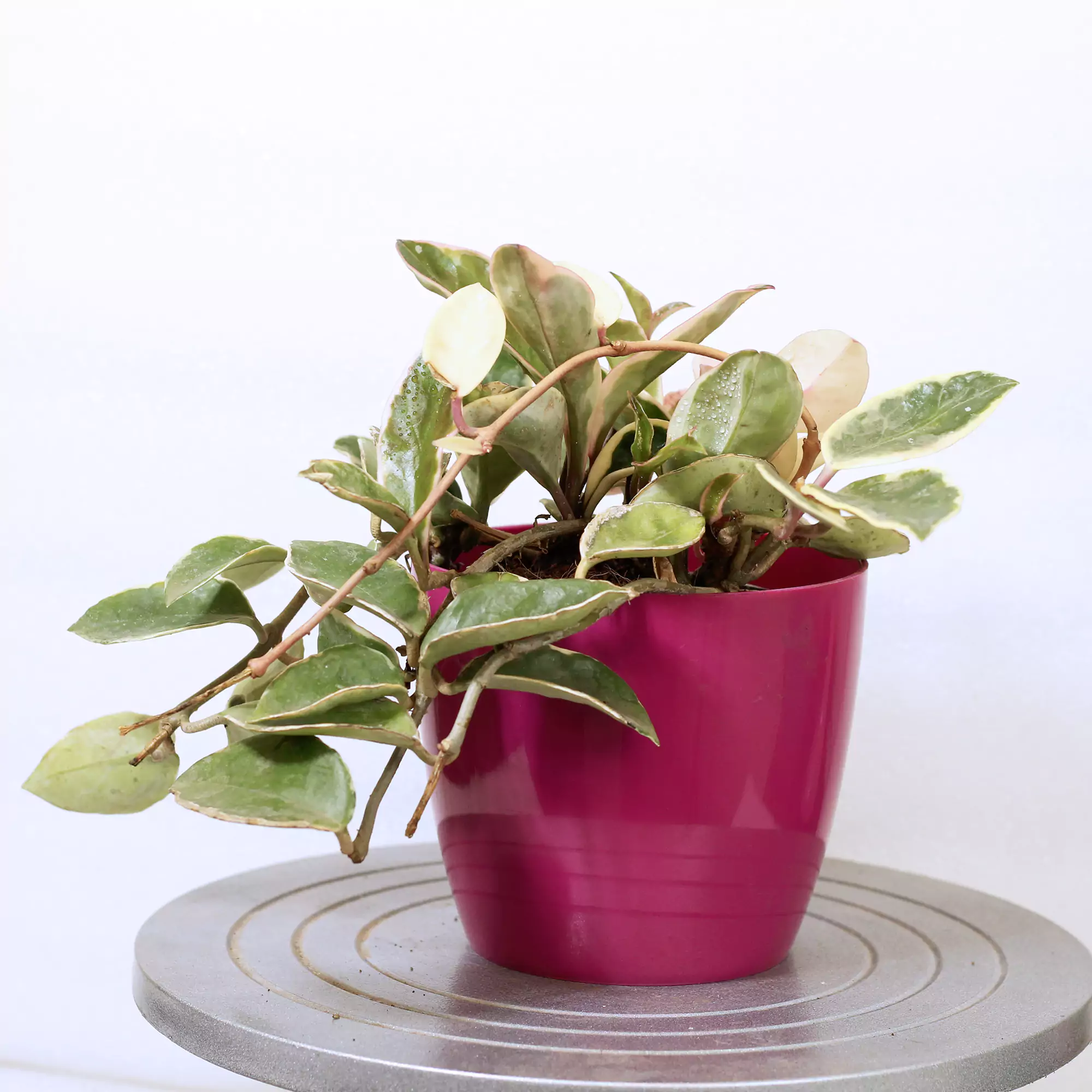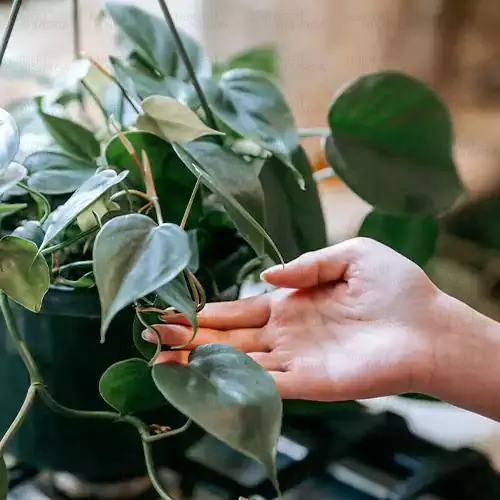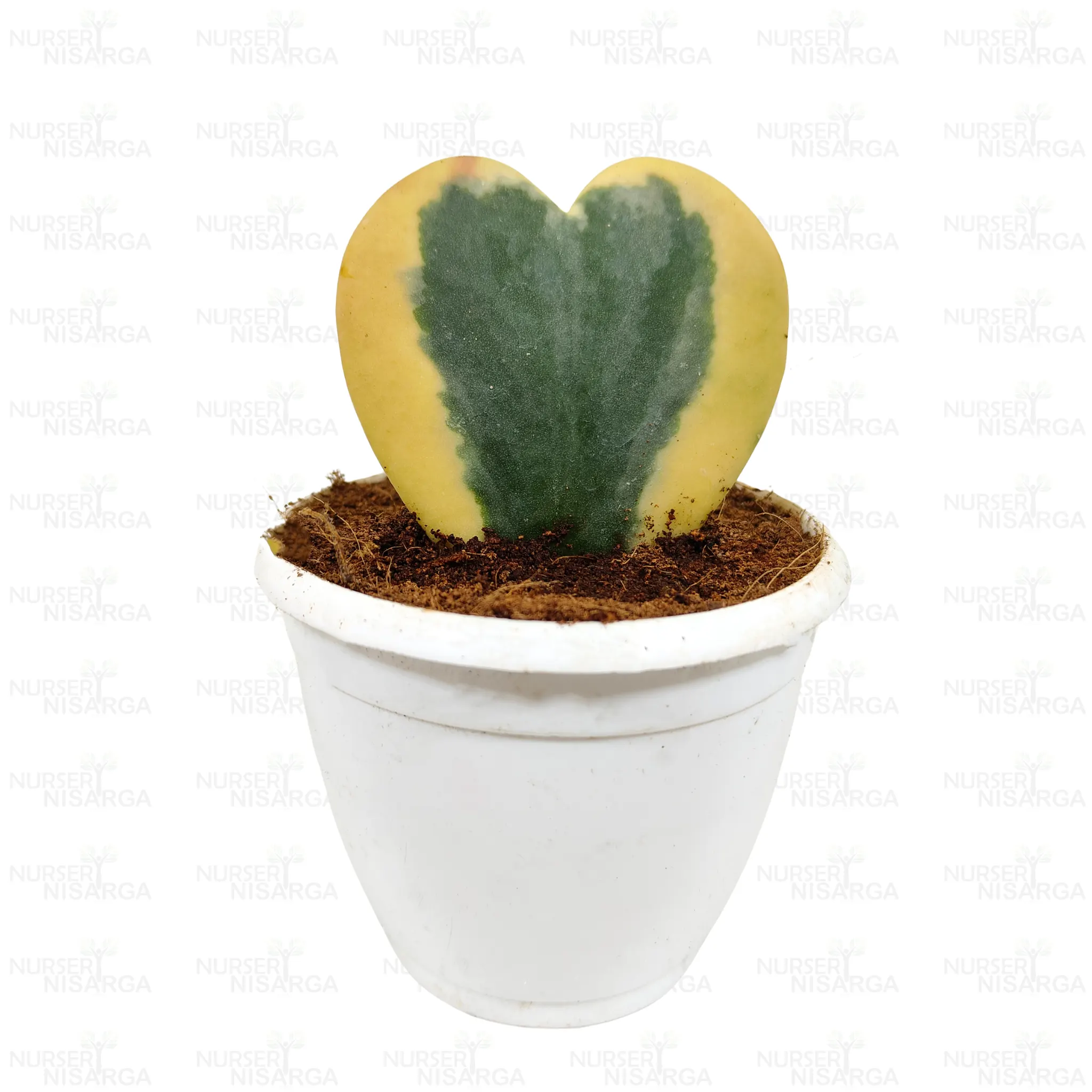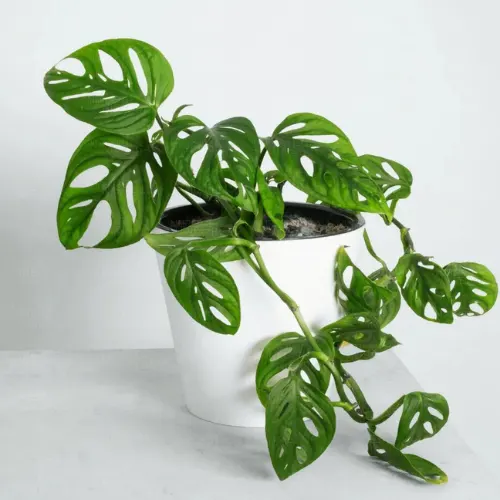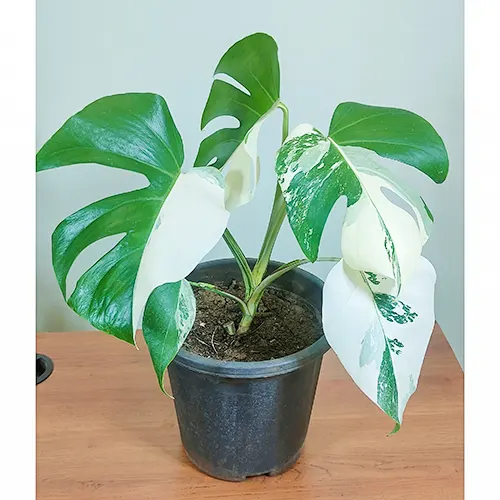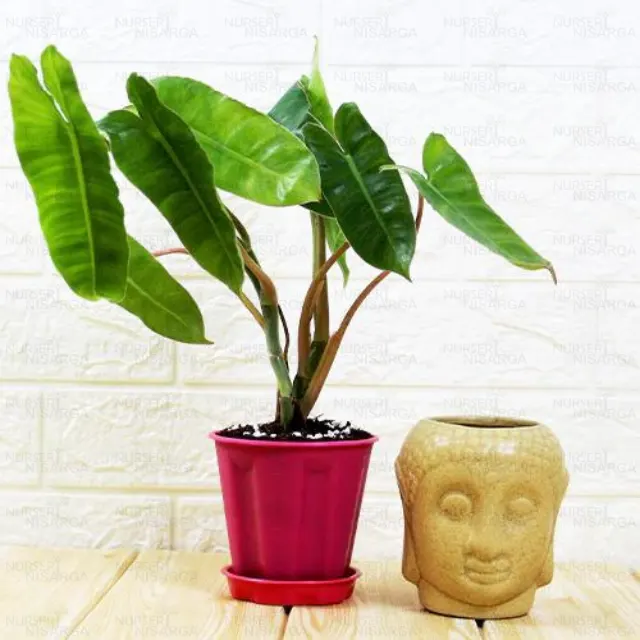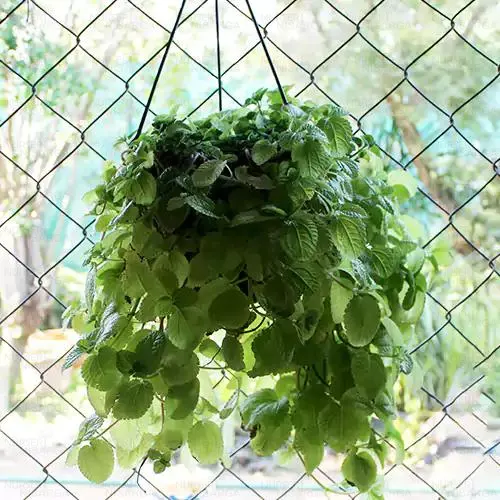Description
Hoya Carnosa Krimson Queen, Variegated Hoya creeper
Hoya variegated creeper plant is a genus of tropical climbing or trailing plants endemic to Southeast Asia and Australia. It is often referred to as wax plant or wax vine. The variegated creeper is a well-liked Hoya variety that is distinguished by its lovely foliage of multicolored leaves.
Typically, the variegated creeper plant has thick, succulent leaves with a glossy, waxy appearance. The leaves exhibit a variety of variegation, but it frequently consists of green, cream, and occasionally pink or yellow hues. The plant gains visual impact due to its variegation, which also gives it an attractive appeal.
The stunning and rather low-maintenance Hoya variegated creeper lends an air of tropical charm to both indoor and outdoor environments. Its foliage is variegated, and it occasionally blooms.
Features:
- Variegated Foliage: Characterized by thick, glossy leaves with attractive variegation in shades of green, cream, and sometimes pink or yellow.
- Trailing or Climbing Habit: It grows as a vine with trailing or climbing stems that can be trained to climb or cascade over structures.
- Low Maintenance: Requires relatively little care, making it suitable for both indoor and outdoor environments.
- Occasional Blooms: Produces clusters of small, star-shaped flowers sporadically, which are often fragrant and come in various colors such as white, pink, or red.
- Prefers Bright, Indirect Light: Thrives in bright, indirect light but can tolerate some shade.
Care Tips:
- Light: Prefers bright, indirect light but can tolerate some shade. Avoid direct sunlight, as it may scorch the leaves.
- Watering: Water when the top inch of soil feels dry to the touch. Ensure adequate drainage to prevent waterlogging, as Hoya plants are susceptible to root rot.
- Humidity: Thrives in warm, humid conditions. Mist the foliage occasionally or place a humidifier nearby, especially in drier environments.
- Soil: Use a well-draining potting mix to prevent water retention. A mix of peat moss, perlite, and orchid bark works well.
- Fertilization: Feed with a balanced, water-soluble fertilizer diluted to half strength during the growing season (spring and summer). Reduce or stop fertilizing in fall and winter.
- Pruning: Trim back leggy stems to encourage bushier growth. Remove any dead or yellowing leaves.

